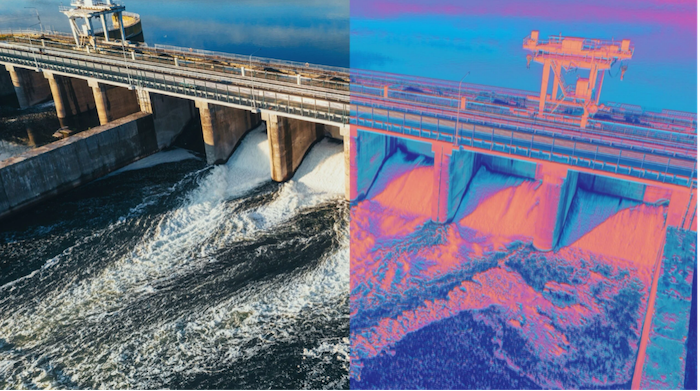China faces immense water management challenges, including uneven resource distribution, aging infrastructure, pollution, and the escalating impacts of climate change. As demand for clean water grows alongside urbanization, utilities must adopt innovative solutions to ensure sustainability and efficiency. DeepSeek, a cutting-edge large language model (LLM), is emerging as a powerful tool to help Chinese water utilities optimize operations, enhance decision-making, and improve public engagement. By leveraging AI-driven insights, DeepSeek is playing a pivotal role in modernizing water management across the country.

Enhancing Infrastructure Monitoring and Predictive Maintenance
China’s vast water infrastructure, including pipelines, treatment plants, and reservoirs, often suffers from inefficiencies due to leaks, corrosion, and delayed maintenance. DeepSeek addresses these challenges by analyzing real-time sensor data, historical repair records, and environmental factors to predict potential failures before they occur. For example, in cities like Beijing and Shanghai, utilities use DeepSeek-powered systems to prioritize maintenance tasks, reducing water loss and operational costs. The AI model can also generate detailed repair guides for technicians, improving response times and minimizing service disruptions.
Optimizing Water Distribution and Reducing Waste
With uneven water distribution between northern and southern regions, China’s utilities must carefully manage supply networks to prevent shortages. DeepSeek aids in this effort by processing data from smart meters, weather forecasts, and consumption patterns to optimize distribution. In water-scarce provinces like Hebei, AI-driven simulations help utilities allocate resources more efficiently, ensuring fair access while minimizing waste. Additionally, DeepSeek can identify anomalies in usage data, flagging potential leaks or unauthorized consumption, which is critical in reducing non-revenue water losses.
Improving Water Quality and Regulatory Compliance
Ensuring safe drinking water is a top priority, particularly in industrial zones where contamination risks are high. DeepSeek enhances water quality monitoring by analyzing data from sensors, satellite imagery, and environmental reports to detect pollutants early. In the Yangtze River Basin, for instance, utilities use AI models to track industrial discharge and predict contamination spread, enabling faster mitigation. Furthermore, DeepSeek assists in automating compliance reporting, ensuring that utilities meet national and local regulations without excessive administrative burdens.
Boosting Public Awareness and Leak Reporting
Public participation is essential for sustainable water management, yet many remain unaware of conservation practices. DeepSeek powers interactive chatbots that educate users on water-saving techniques and provide personalized consumption insights. In cities like Shenzhen, residents can report leaks via AI-driven platforms, where DeepSeek categorizes issues and forwards them to the relevant authorities. This not only improves utility responsiveness but also fosters a culture of collective responsibility for water conservation.
Future Trends Beyond 2025
Beyond 2025, DeepSeek’s role in water management will expand through integration with emerging technologies such as IoT-enabled sensors and blockchain for transparent data sharing. AI-powered autonomous systems could soon manage entire water grids, dynamically adjusting flows based on real-time demand and environmental conditions. Additionally, advancements in generative AI may enable utilities to simulate long-term climate scenarios, helping policymakers design resilient water strategies. As China continues to invest in smart city initiatives, DeepSeek will likely become a cornerstone of next-generation water infrastructure.
Key Takeaways
- Proactive Maintenance: DeepSeek enables utilities to predict and prevent infrastructure failures, reducing costs and improving reliability.
- Efficient Resource Allocation: AI-driven analytics optimize water distribution, ensuring equitable access while minimizing waste.
- Community Engagement: Chatbots and reporting tools empower citizens to contribute to conservation efforts, creating a collaborative approach to water management.
Disclaimer
The insights provided in this article are based on current AI applications and projected trends. Real-world implementation requires continuous testing, stakeholder collaboration, and adherence to ethical guidelines to ensure equitable and sustainable outcomes.


